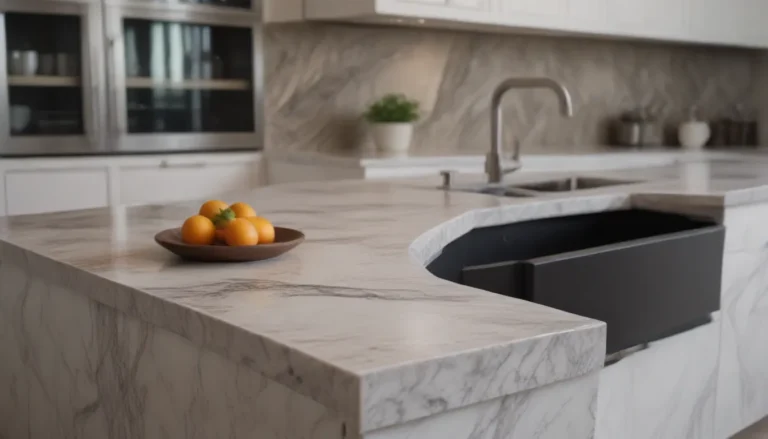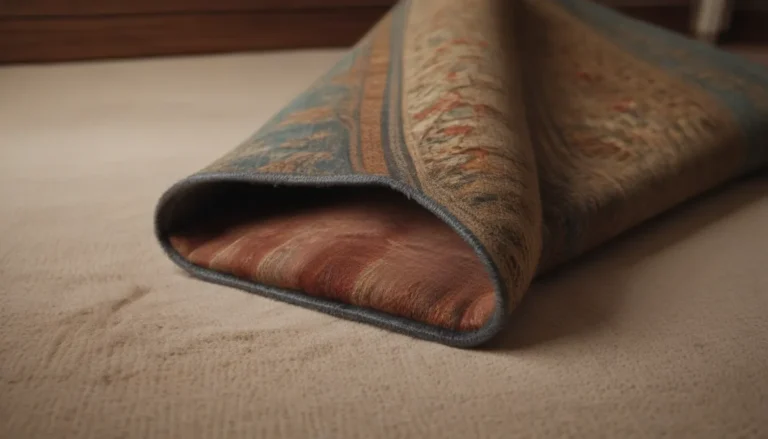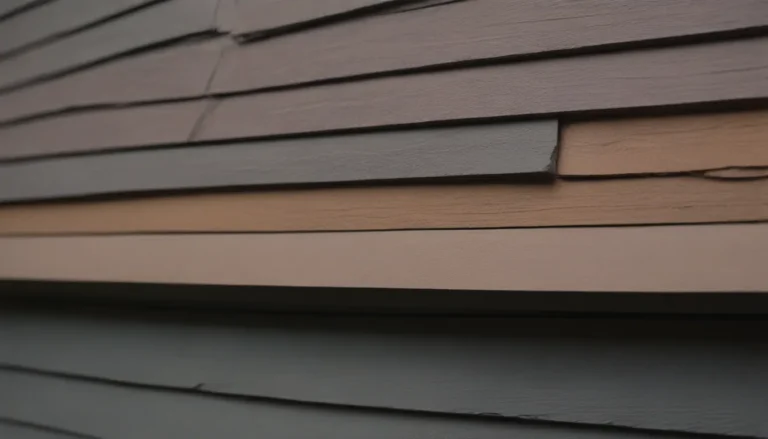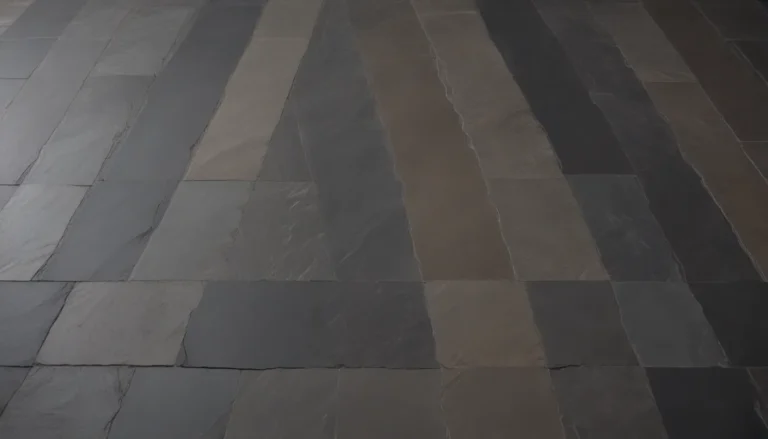The Evolution of BX Cable: A Comprehensive Guide
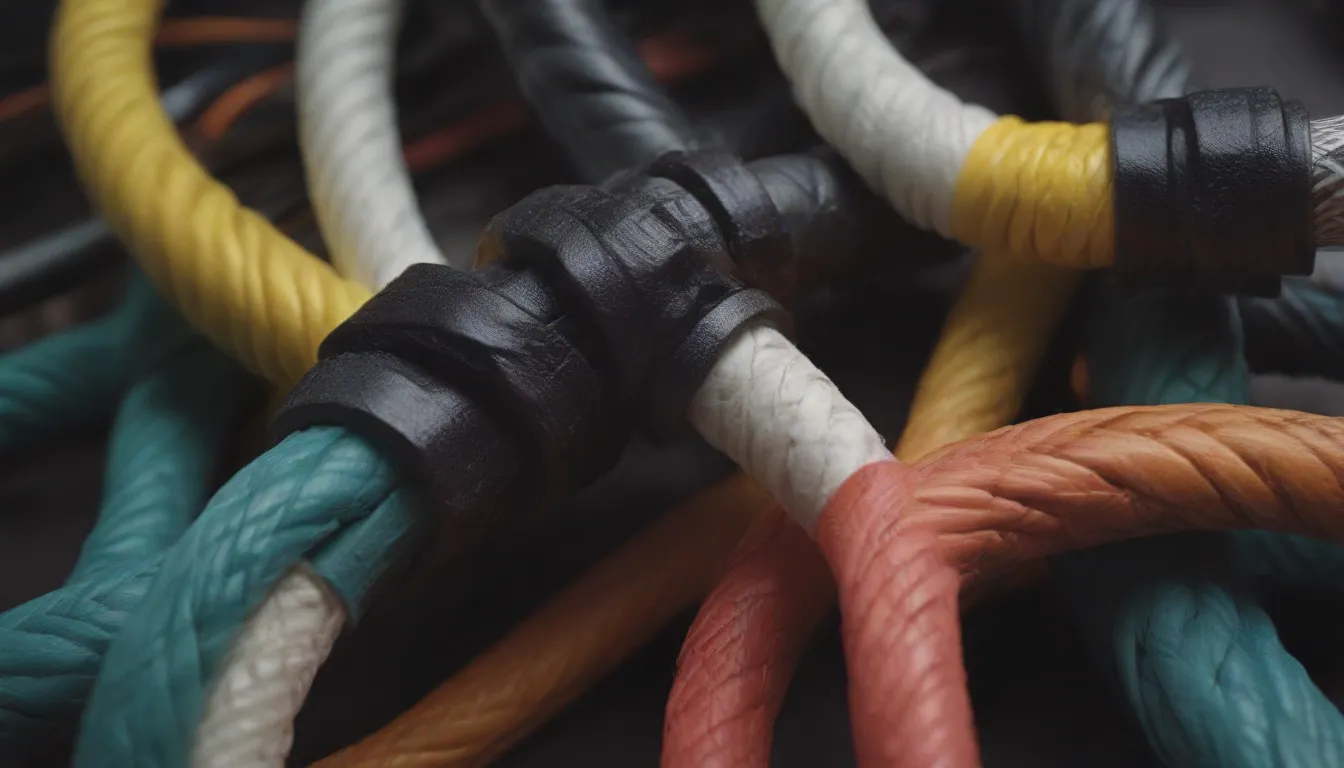
Welcome to an in-depth exploration of BX cable – a crucial component in the world of electrical work. While BX cable may seem like a relic of the past, it continues to play a significant role in modern electrical projects. In this guide, we will delve into the origins of BX cable, its usage, advantages, and drawbacks, as well as tips on how to effectively work with it.
Understanding BX Cable
BX cable, also known as metallic sheathed cable, type AC, MC, Greenfield, or armored cable, is a type of metal-armored electrical cable designed for both indoor and outdoor use. It consists of plastic-coated insulated wires bundled together and shielded by a ribbon-like metal sheathing. Unlike newer non-metallic (NM) cables with smooth vinyl coverings, BX cable features a distinctive metal helix that provides protection and grounding capabilities.
Where to Utilize BX Cable
One of the key advantages of BX cable is its ability to ground electrical devices through the outer metal casing. This feature makes BX cable an ideal choice for applications where a metal box must be grounded to the cable’s sheathing. Additionally, some types of BX cable can be installed in exposed locations, offering flexibility in various indoor and outdoor settings. However, it is essential to check local building and electrical codes to ensure compliance with safety regulations.
BX Cable Strength and Durability
The metal armor of BX cable provides robust protection for the internal wires, making it more resilient to physical damage compared to NM cable with vinyl sheathing. While BX armor can be susceptible to nicks and cuts if mishandled, it offers superior durability and shielding capabilities. In cases where BX wiring shows signs of wear or damage, it is crucial to assess the condition of the wires inside the armor to determine whether replacement is necessary.
Comparing BX Cable and NM Electrical Cable
For DIY enthusiasts and electricians, working with NM electrical cable is often more straightforward due to its lightweight and user-friendly features. NM cable, such as Romex, is easy to handle, cut, and strip, making it a preferred choice for many electrical projects. However, when specific grounding requirements or environmental conditions demand the use of metal-armored cable, BX cable becomes the go-to option despite its heavier and more challenging nature.
Tips for Handling BX Cable
Working with BX cable requires specialized tools and techniques to ensure safe and efficient installations. Here are some key tips for handling BX cable effectively:
- Use a dedicated BX cutting tool, such as the Roto-Split, for precise and safe cutting of the metal armor.
- In the absence of a BX cutting tool, a hacksaw, pliers, or snippers can be used to carefully cut and rip the outer metal sheathing.
- Exercise caution to avoid nicking the inner wires while cutting the outer armor, as this can lead to electrical hazards or malfunctions.
The Origins of BX Cable
The history of BX cable dates back to the early 20th century when it was introduced as a safer alternative to traditional cloth-sheathed wiring. The term “BX” is believed to have originated from the Bronx borough of New York, where the product may have been first manufactured. With its fireproof and modern design, BX cable gained popularity in the 1920s as a reliable solution for residential and commercial electrical installations.
By gaining insights into the origins, features, and applications of BX cable, you can enhance your understanding of this essential component in electrical systems. Whether you are a seasoned electrician or a DIY enthusiast, mastering the use of BX cable will enable you to tackle a wide range of electrical projects with confidence and expertise. Embrace the heritage and utility of BX cable as you embark on your next electrical endeavor!
